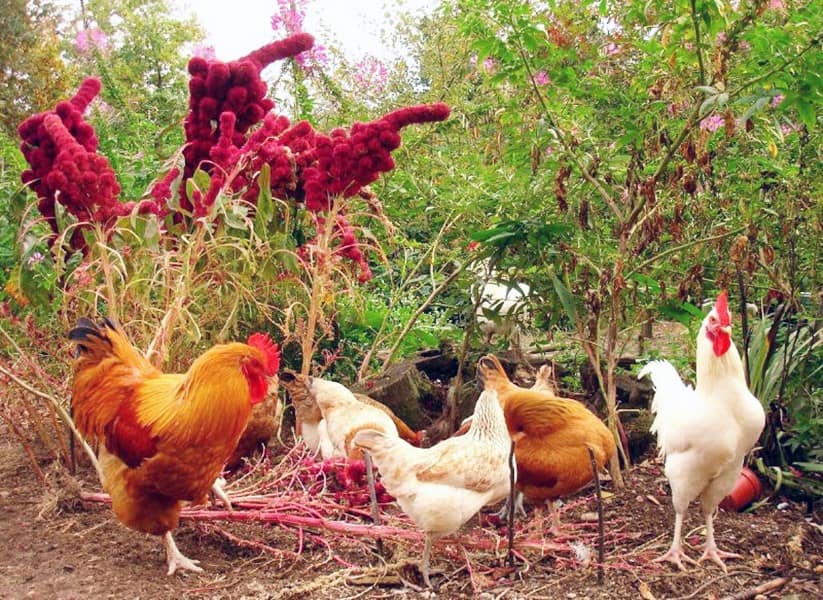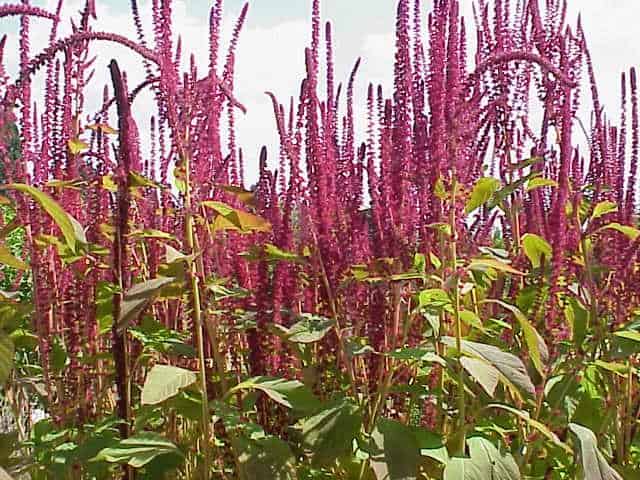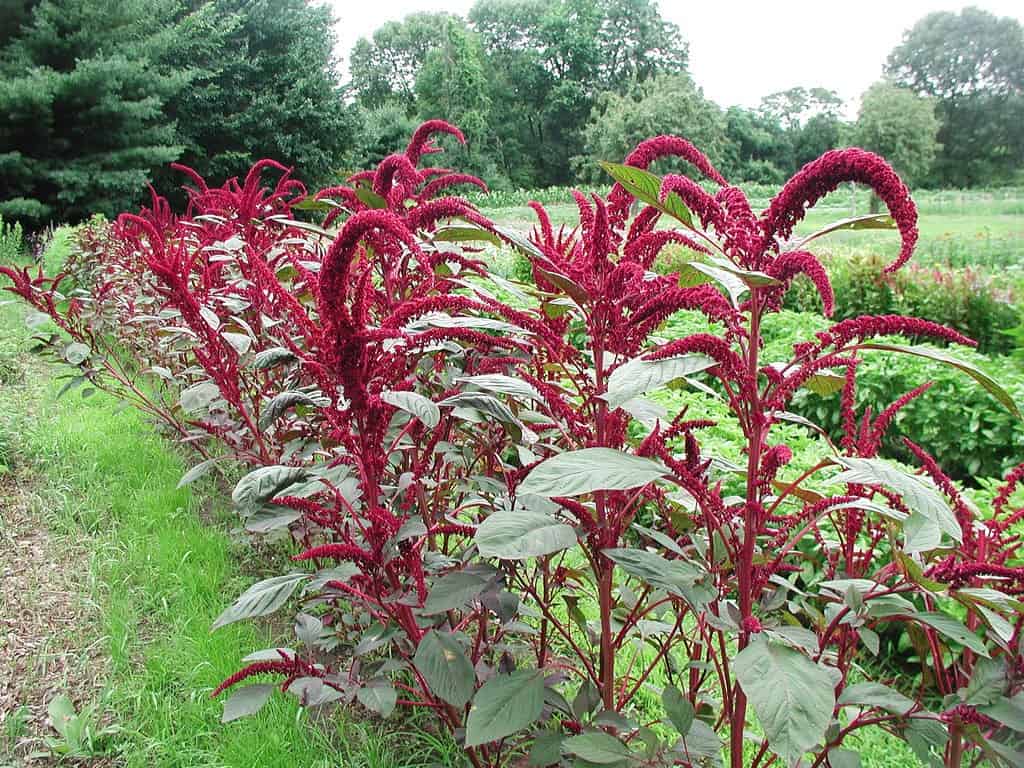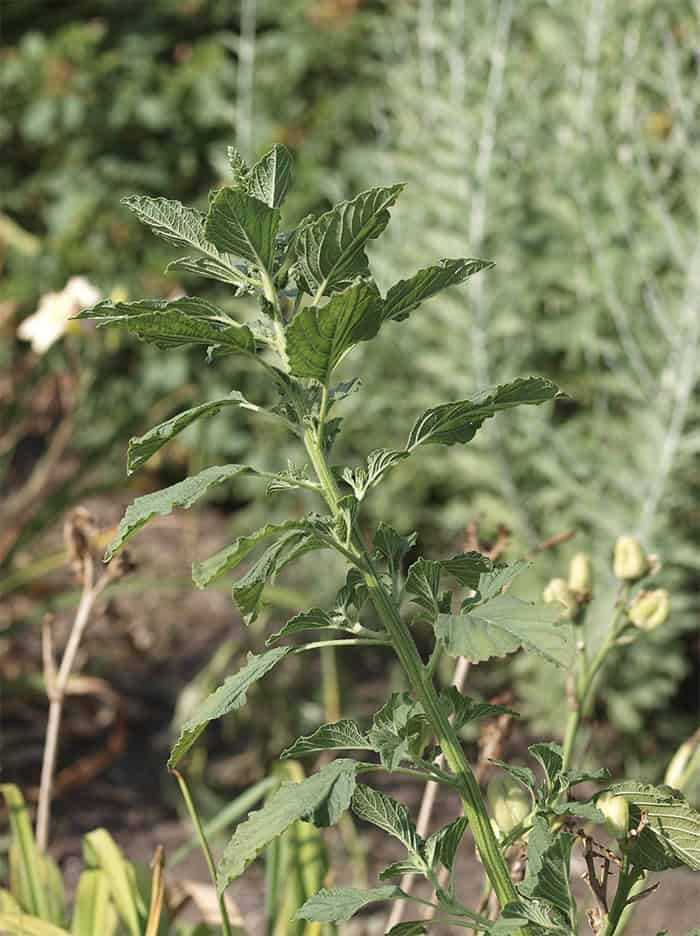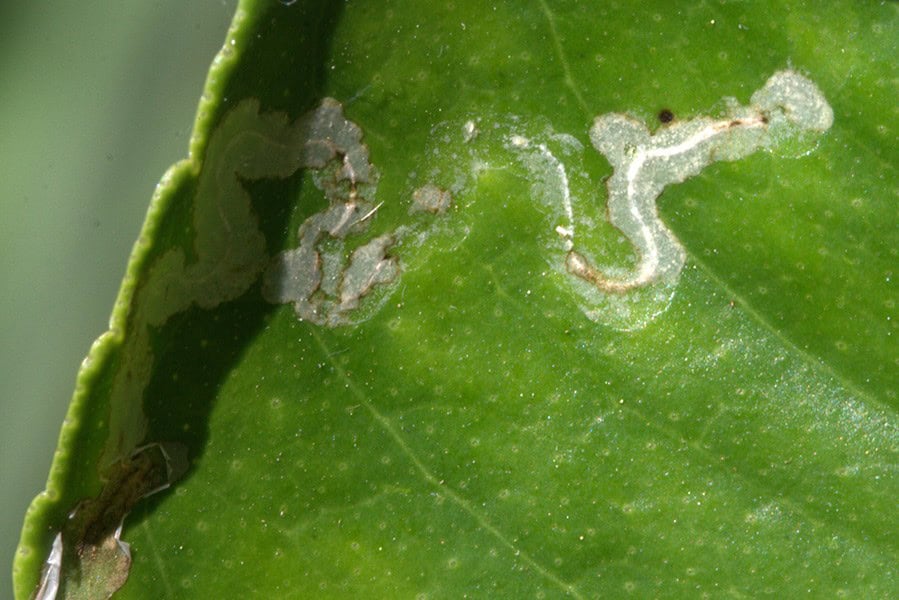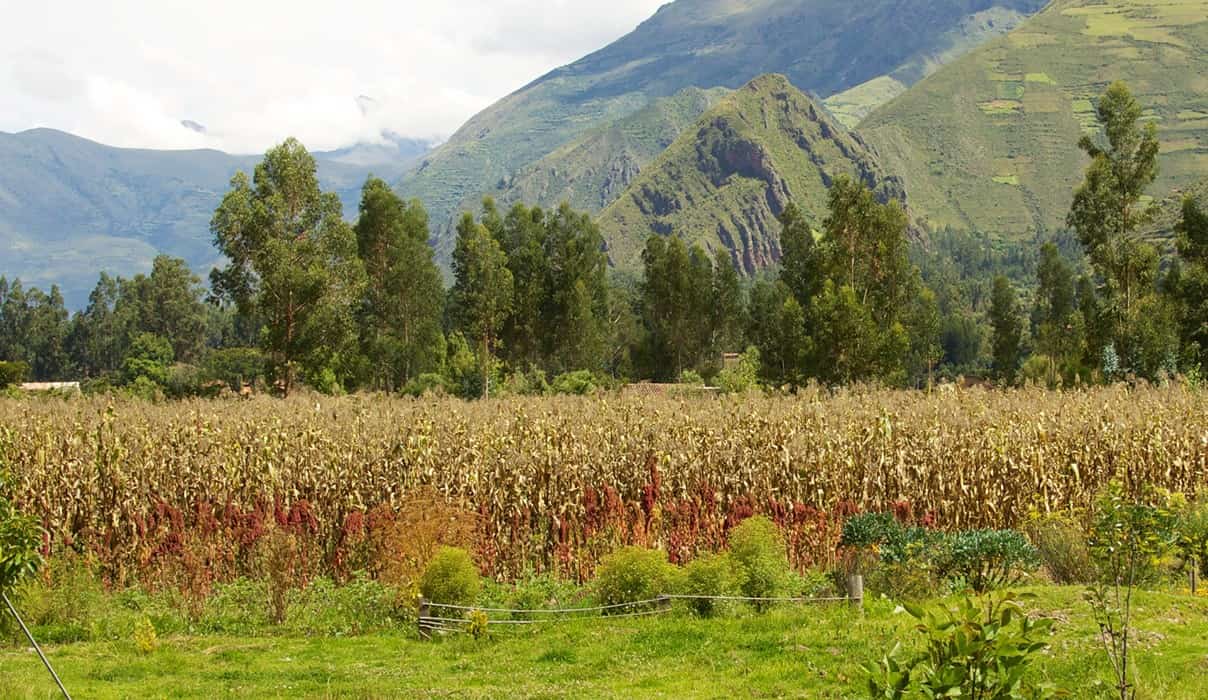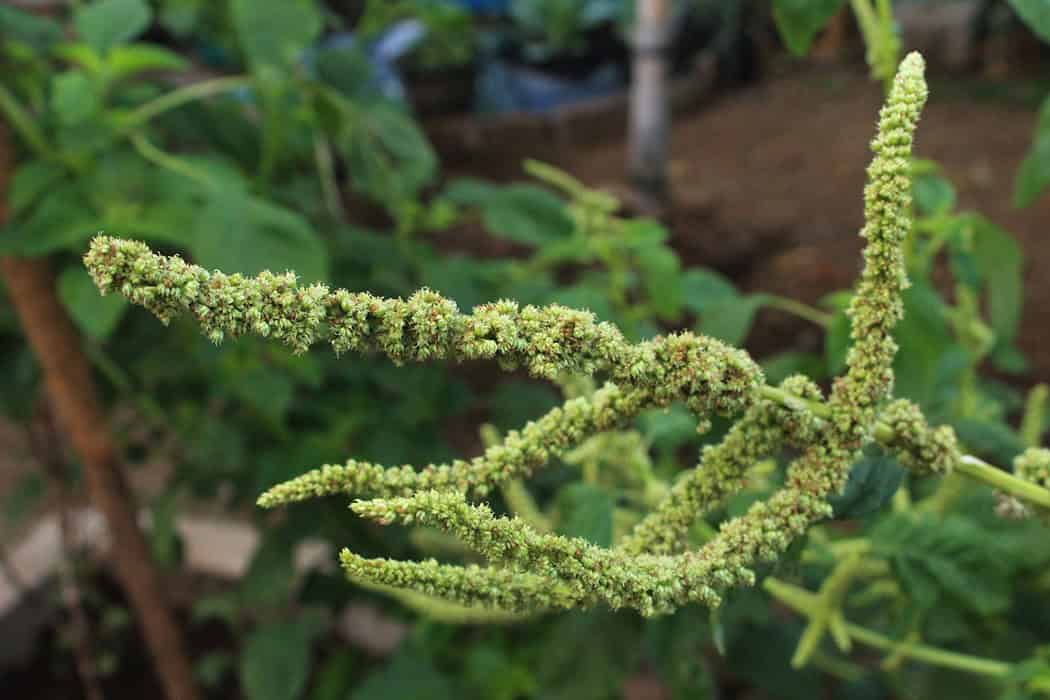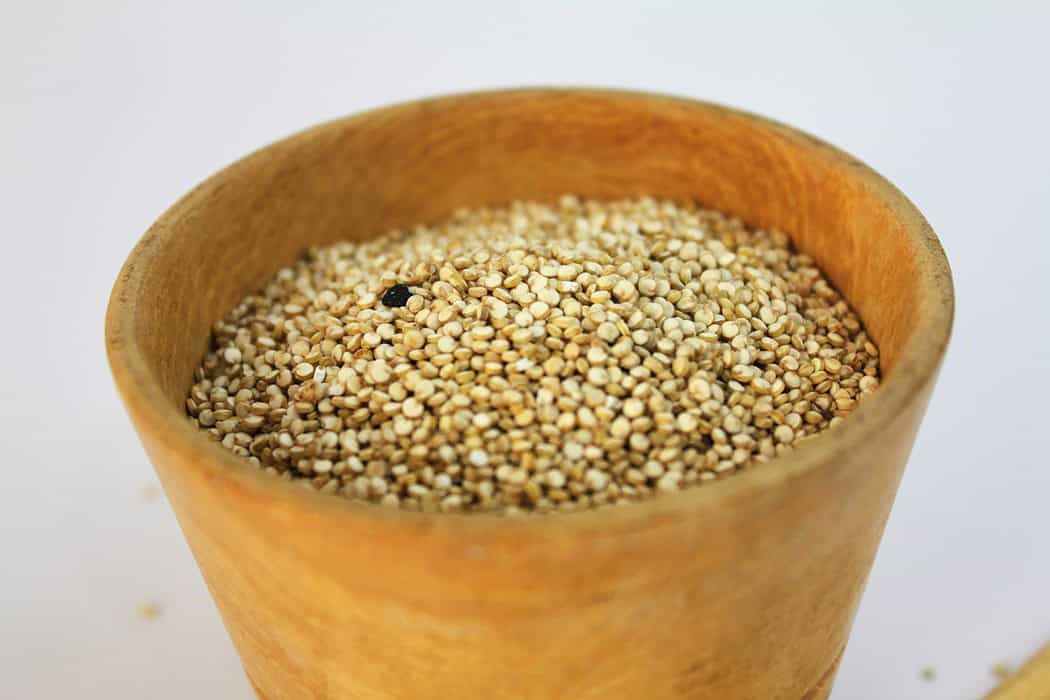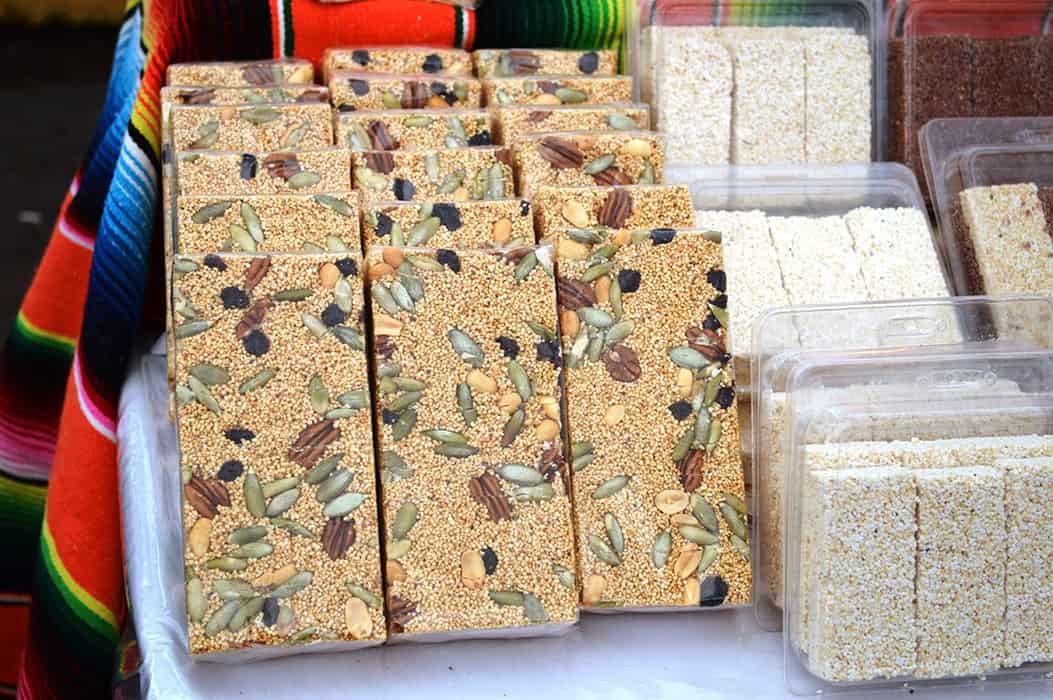Amaranth is an extraordinary plant that has been a staple in many cultures for centuries. This versatile crop is not only a stunning flower but also a delectable vegetable and a nutritious grain, boasting medicinal properties as well. It’s no wonder why it’s becoming increasingly popular in edible landscaping.
What sets amaranth apart from other grains is its unique history. While we often refer to it as an ancient grain, it’s technically not related to true grains like corn or wheat.
Instead, it shares a closer bond with spinach and Swiss chard. Its ancient roots date back to the Aztec and Inca civilizations that prized it for its nutritional value.
My journey with amaranth began when I started selling its vibrant red flowers at the farmers market. But one year, time got away from me, and the flowers went to seed. What a delight to discover that the seeds were perfect for popping and adding to baked goods!
This experience sparked my desire to cultivate the plant not just for its ornamental value but also as a food source.
The flowers themselves are breathtakingly beautiful, standing tall at up to 2 feet with a brilliant burgundy hue. They make a stunning centerpiece in bouquets, attracting bees and butterflies along the way. Humans aren’t the only ones who appreciate their beauty – our feathered and furry friends will also benefit from your amaranth harvest.
When it comes to edibles, the seeds offer a delicious grain substitute that’s both gluten-free and packed with protein. The leaves provide a nutty, sweet alternative to kale. And for those with livestock, the seeds and leaves are a treat for chickens and hogs alike.
Amaranth Varieties
Amaranth’s diversity is one of its most alluring features, with over 70 varieties to choose from. Each type produces unique qualities, such as leaves, flowers, or seeds, depending on the specific species. From tender young leaves for salads to stunning floral displays and nutritious grains, there’s an amaranth variety suited to every goal. Here are a few examples of the diverse range available. Burgundy (Amaranthus hypochondriacus) is a versatile option that excels in multiple areas.
Its young leaves make for a delicious salad addition, while its six-foot-tall stature yields a vibrant crop of flowers and edible seeds. Maturation times vary between 50 days for leaf production and 90-100 days for flowering and seed production. Burgundy also makes an excellent microgreen with a subtly sweet flavor. Love Lies Bleeding (Amaranthus caudatus) is primarily ornamental, but its edible qualities make it a worthwhile choice.
The flower’s cascading waterfall of color is a stunning sight, and the seeds can be harvested for human consumption or animal feed. This variety’s unique feature is its ability to attract local songbirds like goldfinches, making it an excellent option for bird enthusiasts. Plainsman (Amaranth hypochondriacus x hybridus) stands out as a popular commercial choice for grain harvesting. Its unbranched stem and maroon flowers make it ideal for mechanical harvesting.
This variety’s maturity period takes around 90-100 days, yielding a bountiful harvest of edible seeds. Opopeo Amaranth Grain (Amaranthus cruentus) is my personal favorite due to its ease of growth and versatility. It takes approximately 65 days to flower and 125 days to produce seed, making it an excellent option for leaf production until the plant reaches two feet in height. After that, the leaves become bitter, and the plant can be allowed to go to seed.
Mercado (Amaranthaceae Amaranthus hypochondriacus) is a slower-maturing variety that takes at least 125 days to reach maturity. However, its apple-green seedheads yield a particularly tasty seed, making it an excellent choice for areas prone to drought. This variety also has the added benefit of self-seeding and returning if allowed to grow. Joseph’s Coat (Amaranthus tricolor) is renowned for its stunning foliage, which develops into a tri-color riot of red, yellow, and green.
The blossoms themselves are fairly unassuming, making this variety more suited to those seeking vibrant leaves rather than showy flowers. Juana’s Orange (Amaranthus cruentus) is an heirloom seed preserved by a family in Guatemala. This variety offers a unique taste experience for those looking to try something new and exotic. Pigweed, while often considered a weed, is actually a wild edible that can be cultivated or foraged.
Its seeds are less flavorful than domestic varieties, but its growth habits make it an excellent option for areas where amaranth struggles to thrive.
How to Plant Amaranth
Zones
Planting Amaranth
For optimal results, begin sowing amaranth seeds 6-8 weeks prior to the final frost date or wait until outdoor conditions are safe from frost. If direct seeding outdoors, ensure soil temperatures have reached a minimum of 65°F. As the seeds are quite small, gently sprinkle them onto well-prepared soil and cover with a thin layer of earth. Alternatively, start amaranth indoors by planting seeds one-fourth of an inch deep and maintaining consistent moisture levels.
Germination Time
While seeds can be surprisingly adaptable, they typically thrive in temperatures ranging from 65 to 80 degrees Fahrenheit. In fact, it’s not uncommon for them to sprout within just seven days or less, provided the conditions are favorable.
Spacing Plants
For optimal growth, space thin seedlings about 10-12 inches apart once they’ve sprouted. When planting seeds or transplants in the garden, maintain a distance of 6 to 18 inches between individual plants, with rows spaced at least 18 inches apart. Keep in mind that amaranth can grow quite tall – up to 8 feet depending on the specific variety and growing conditions.
Soil Requirements
When cultivating amaranth, flexibility is key when it comes to soil conditions. However, for optimal growth, a well-drained environment with a slightly acidic to neutral pH (6.0-7.5) is preferred. To create such an environment, consider adding cottonseed meal or coffee grounds to the planting row, ideally in the fall preceding spring planting. This approach allows the cotton seed to break down naturally over winter, providing a nutrient-rich foundation for your amaranth crop.
Sun Requirements
To cultivate thriving amaranth plants, it’s essential to provide them with a sufficient amount of direct sunlight. Aim for at least six hours of full sun exposure daily, as this will help promote healthy growth and maximize yields.
Caring For Your Amaranth
As the process gains momentum, the cultivation of amaranth demands minimal upkeep. Once this is accomplished, the plant’s natural growth habits take over, allowing for a relatively hands-off approach.
Fertilizing
Amaranth’s requirements for growth are well met by a garden rich in nutrients. Compost manure, teeming with nitrogen, phosphorus, and potassium, is a perfect match for these plants. To further support their development, I also employ fish emulsion as a natural fertilizer, particularly when cultivating leafy greens.
Weeding
To ensure optimal growth, it’s crucial to regularly weed around young amaranth plants as they can quickly become overwhelmed by encroaching competitors. As this crop has a relatively shallow root system, special care is needed during manual cultivation or hoes-based weeding. When working in close proximity to the stem, hand-cultivating proves to be the safest and most effective approach.
Watering
While amaranth plants are renowned for their ability to thrive in dry conditions, they do require consistent moisture levels to produce lush and healthy foliage. To achieve this, it’s essential to maintain a moist environment at the root level, with an ideal amount of water being around 2-3 inches delivered once or twice a week.
Rotation/Succession
When cultivating plants, it’s essential to rotate them annually to prevent the spread of diseases. To achieve this, avoid planting brassicas in the same spot where they grew the previous year. For a perpetual supply of leaves and flowers, you can plant amaranth at two-week intervals. However, if you want to harvest seeds before frost sets in during fall, make sure your final planting takes place 100 days prior to the first frost date.
Amaranth Problems, Pests, and Diseases
Amaranth’s growth is surprisingly straightforward, with only minor setbacks to worry about, making it an excellent choice for gardeners of all levels.
Tarnished Plant Bug
The tarnished plant bug, Lygus, is a minute insect that measures only one-fourth of an inch in length. Its brownish hue features distinctive dark markings on its back and wings. Both adult and nymph stages feed by extracting fluids from plants. A unique characteristic of these bugs is their mouthparts, which contain a toxin that leaves behind small brown spots on the affected plant leaves. Moreover, they target greens such as lettuces, further emphasizing the need for effective management.
To avoid infestations, it’s essential to plan ahead and take preventative measures during the winter months when adult tarnished plant bugs overwinter and lay eggs in the spring. During the growing season, utilizing row covers on young amaranth plants can help control the bug population. Additionally, white sticky traps can be an effective means of capturing these pests, while parasitic wasps offer a biological control option that’s well worth considering.
Root-gall Nematodes
Amaranth’s vulnerability lies in its susceptibility to root gall nematodes, tiny parasites that feast on the plant’s roots. As they feed, these microscopic worms excrete an enzyme that triggers swelling, resulting in the characteristic bumps or galls on the roots. To combat this issue, gardeners can turn to organic soil soaks containing saponins, a natural compound capable of killing the nematodes and promoting healthy root development.
Mites
To effectively manage spider mite populations, start by removing any heavily infested leaves from the plant. This will help to disrupt the life cycle of these tiny pests. Next, blast the remaining foliage with a powerful jet of water to dislodge and wash away any lingering spider mites. For an added layer of protection, consider applying a neem oil spray to further deter these unwanted critters from settling on your plants.
Aphids
Aphids are small, wingless insects that thrive on plant sap. A common sign of infestation is the curling or stunting of leaves, often accompanied by a sticky residue. To effectively control aphid populations, try using a powerful jet of water to dislodge them or create a homemade insecticide by mixing equal parts water and dish soap with a pinch of cayenne pepper.
Additionally, consider planting mustard and nasturtium nearby amaranth, as these flowers can act as trap plants to lure aphids away from the target area.
Snails
Cutworm
To combat cutworms, it’s essential to understand their feeding habits. These pesky pests have a peculiar tendency to target plant stems at ground level, severing them and ultimately causing damage or even killing the affected plants. Two effective methods for managing cutworm populations include hand-picking the insects off your plants and applying diatomaceous earth around the base of the plants.
This natural substance can be particularly useful in controlling the cutworms’ movement and preventing further damage. In addition to these control measures, it’s crucial to take preventative steps to minimize the risk of cutworm infestation. One simple yet effective strategy is to till your garden at the end of the growing season, disrupting any potential egg-laying sites and reducing the likelihood of a future infestation.
Leafrollers
Amaranth enthusiasts, beware! Leafrollers are pesky caterpillars that can wreak havoc on your plants. These tiny critters create cozy little nests within the leaves of your amaranth by expertly wrapping them in silky threads. If you spot rolled or folded leaves, it’s likely a leafroller infestation. To prevent further damage, simply snip off the affected leaves and give the rest of your plant some TLC.
Leafminers
Leafminers are notorious for impeding plant growth and yield. One of their most distinctive characteristics is the intricate network of squiggly lines they create on leaf surfaces. If you’re able to detect them early, a simple yet effective method to control their impact is to regularly compress the tunnels in the leaves to crush the insects. Alternatively, consider deploying sticky traps or treating your plants with neem oil for added protection.
Flea Beetles
When it comes to protecting your crops, one pesky problem that can’t be ignored is flea beetle infestations. These tiny jumping pests are notorious for killing entire crops if left unchecked. To prevent this disaster, make sure to till your garden in the fall as part of a comprehensive Integrated Pest Management (IPM) strategy. In addition to tilling, utilize sticky traps and diatomaceous earth to control flea beetle populations.
If you’re looking for a natural repellent, consider planting trap crops like mustard or radish around your amaranth plants, which will help deter these unwanted visitors.
Pigweed Weevil
The pigweed weevil is a notorious pest that can have devastating effects on amaranth plants. Its preferred food source is the foliage of these crops, which it feeds on voraciously. As a result, infested plants often collapse under the weight of their own withered leaves. If you spot weevils feasting on your amaranth, it’s essential to take immediate action and destroy any infected plants to prevent the spread of this destructive pest.
White Rust
White rust, often mistaken for actual rust, appears as white blisters on plant leaves. This fungal infection typically targets brassicas, causing distorted foliage and stems. To prevent its spread, maintain a tidy garden environment by removing leaf litter and debris that may harbour spores. Avoid incorporating affected plants into compost piles and implement crop rotation to reduce the risk of re-infestation.
Damping-Off
For a successful amaranth seed germination, it’s crucial to maintain a sterile environment from the start. This means thoroughly cleaning and disinfecting all pots, tools, and equipment to prevent any potential fungal growth that could lead to damping off. Additionally, using fresh, uncontaminated soil can also significantly reduce the risk of this common issue.
Wet Rot and Root Rot
Preventing the devastating effects of Choanephora blight, or wet rot, and root rot requires attention to basic planting conditions. By avoiding the use of overhead irrigation methods and selecting areas with good drainage, you can significantly reduce the risk of these fungal diseases affecting your plants. Additionally, a fungicide application can provide an extra layer of protection against these destructive pathogens.
Alternaria Leaf Spot
To combat Alternaria leaf spot, it’s essential to prevent its growth by taking proactive steps. The disease causes a distinctive plaque-like spotting on leaves and fruits, which can be challenging to treat once established. To avoid this fungus, implement a crop rotation strategy, ensuring that you’re not planting the same crop in the same location year after year. Additionally, incorporate ample mulch around newly planted areas to suppress fungal growth.
Finally, make it a habit to clean up leaves and debris in the fall to reduce the likelihood of disease carryover into subsequent growing seasons.
Birds
Birds have a special affinity for amaranth, which can be both a blessing and a curse depending on how you look at it. On one hand, the presence of birds can be seen as a sign that your amaranth is thriving and attracting beneficial wildlife. However, if you view them as pests, there are ways to manage their impact. One solution is to use bird netting to cover your plants, but be sure to utilize poles to support the netting so it doesn’t damage the delicate seed heads.
Companion Plants for Growing Amaranth
Good Companion Plants:
When growing amaranth, consider companion planting it with potato, onion, tomato, eggplant, or pepper to enhance its benefits. Additionally, marigolds have been shown to provide nematode protection, making them a valuable addition to your garden. For optimal results, pair amaranth with catnip, which also complements the soil and moisture retention properties of this plant.
Bad Companion Plants:
Harvesting and Storing Amaranth
As you cultivate amaranth, the timing of your harvest is contingent upon the purpose behind your efforts. If you’re cultivating the plant for its leaves, you can expect them to be ready within a month after planting. In contrast, flowers typically take around two months to mature, whereas seeds require a significantly longer period, often spanning multiple months and potentially exceeding three.
Harvesting Leaves, Seeds and Flowers
After around 30-45 days, amaranth leaves are ready for harvest. For a clean cut, use sharp scissors to clip the leaves from the plant. As the plants continue to grow until frost, you can also uproot the entire plant by its roots. In hot weather, the plant will wilt quickly, so refrigerate or submerge it in cold water to keep it fresh. When seeds are ripe, gently roll the seed head between your thumb and fingers; if they fall out easily, it’s time to harvest.
If you’re experiencing wet weather, cut the stalks and hang them to dry over a clean sheet. Once dried, give the seeds a good shake to release any remaining seeds. Each flower spike typically yields 4-8 ounces of seed. To harvest flowers before they go to seed, snip them and immediately submerge them in water.
Storing Seeds
To preserve the seeds’ viability, it’s essential to dry them thoroughly after harvesting. Allow the seeds to sit for 24-48 hours before transferring them to an airtight container stored in a dark, dry environment. Under these conditions, the seeds can remain viable for up to a year or more.
Eating Amaranth
Amaranth stands out as a nutritional powerhouse due to its rich content of vitamin A, vitamin C, fiber, and amino acids including lysine. Its protein profile is also noteworthy, boasting an impressive 16% compared to most other grains’ 10%. This characteristic makes it comparable to quinoa. This versatile grain can be cooked in various ways – pan-fried with tomatoes, onions, and bell peppers for a southern-inspired dish, or served with meat or fish as a side in South American cuisine.
In Mexico, amaranth is often mixed with honey to create a granola bar-like snack. The seeds can also be popped like popcorn or ground into a wheat flour alternative. Amaranth’s versatility extends beyond cooking – the seeds can be boiled to make a tasty porridge, similar to oatmeal. I enjoy mixing seeds with eggs, bread crumbs, and garlic, forming patties, and then frying them in butter for a satisfying meal. The grain also makes an excellent pancake base when used as a flour substitute.
Don’t overlook the leaves of this superfood either – they’re just as delicious as the seeds. Smaller leaves are more tender and perfect for raw salads, while larger leaves are more flavorful and ideal for cooking like spinach or chard. As they mature, older leaves can become slightly bitter, making them better suited for cooking. For many gardeners, amaranth is a ‘fun’ plant to grow, not just due to its impressive nutritional profile, but also because of its striking appearance.
The tall stalks and vibrant flowers create an eye-catching display in the garden, with their fuzzy texture waving gently in the breeze like colorful flags.

